In Hungary, it is customary for a new political regime to change the names of public areas. Street names changed many times in the 20th century, and it was no different in the 19th century as well.
Despite the fact that the revolution was bloodless on 15 March 1848, contemporaries were also aware of the enormous significance of that rainy March day. The participants and the organisers also wanted to make people aware of this, and since the leading figures of the revolution were writers, and even its central figure, its spiritual leader, was a "full-time" journalist, as well as one of the greatest Hungarian poets who ever lived, the revolutionary youth knew exactly - in today's terms - what kind of PR actions can and should spread and maintain the idea of revolution.
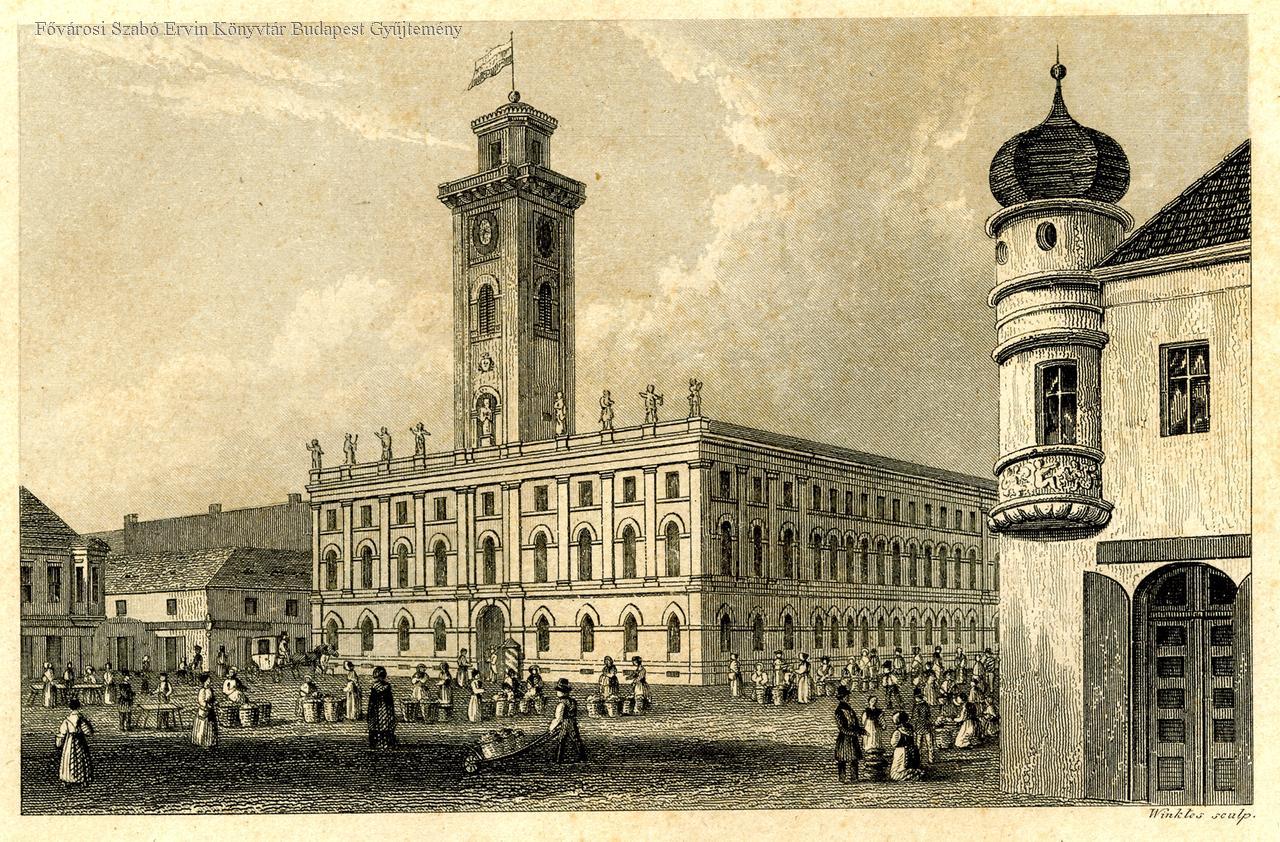
Henry Winkles' engraving of the old Pest City Hall from 1845. The square in front of the building was named Szabadság Square in 1848 (Source: FSZEK Budapest Collection)
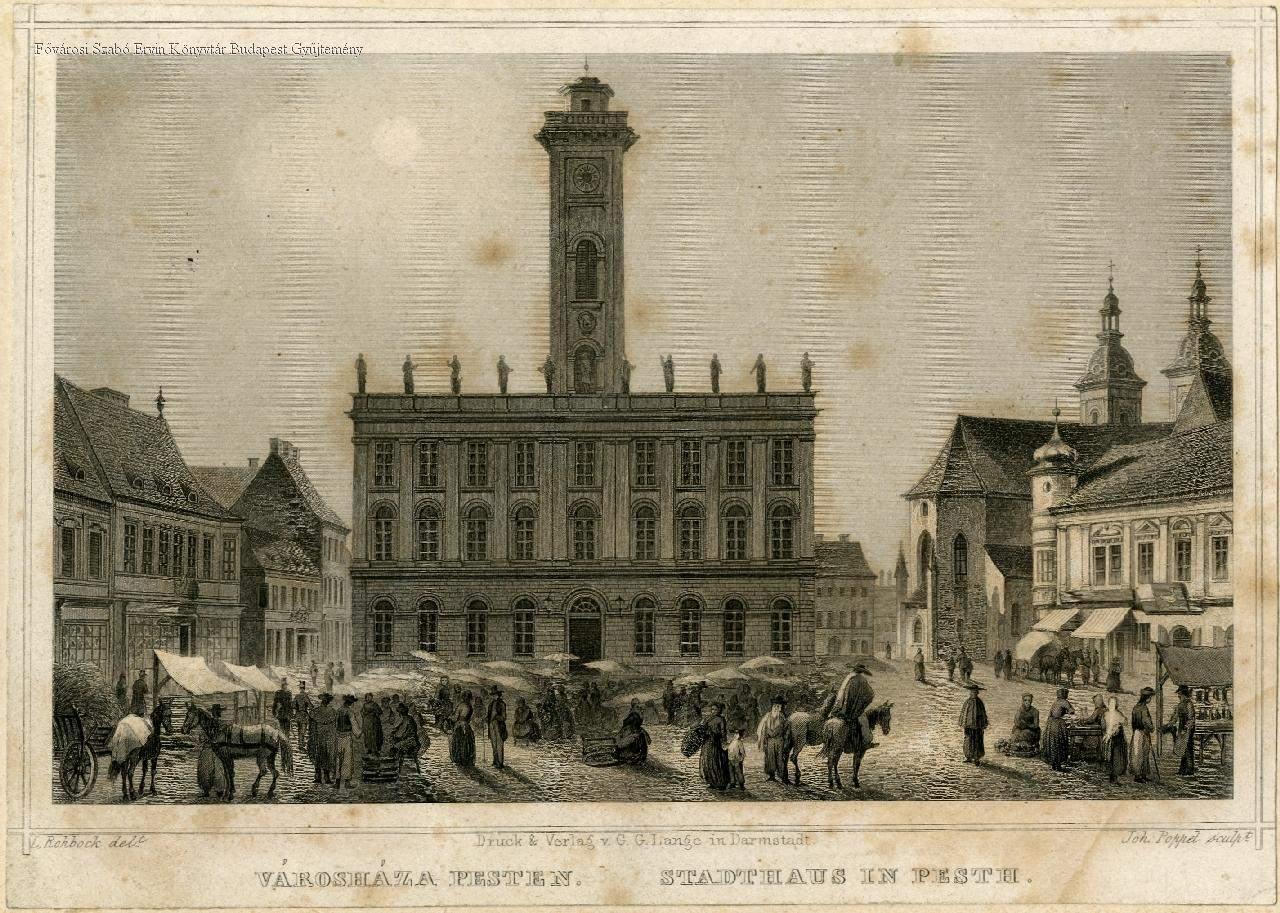
The old City Hall in Pest in the 1850s, on Városház Square which got its old name back after the revolution (Source: FSZEK Budapest Collection)
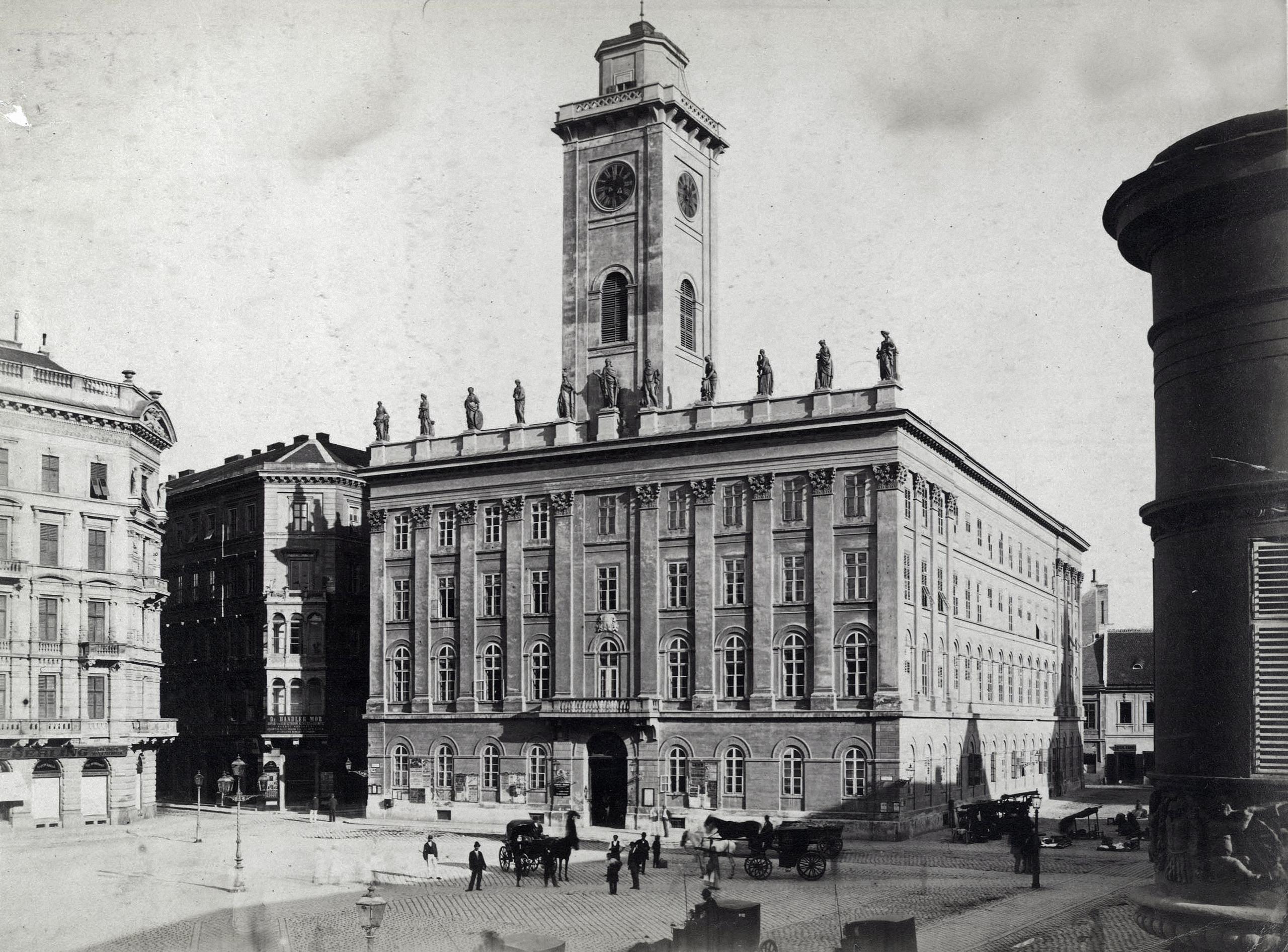
The old Pest City Hall and Városház Square in 1900. None of them exists today. For a short time it was called Szabadság Square (Photo: Fortepan/Budapest Archives, Reference No.: HU.BFL.XV.19.d.1.06.017)
Unsurprisingly, one of the proponents of the new street names was none other than Sándor Petőfi, who proposed two days after the outbreak of the revolution, on 17 March 1848, that the former Városház Square should be renamed to Szabadság Square, the square in front of the university (i.e. the today's Egyetem Square) to Március 15 Square, and Hatvani Street (actually today's Kossuth Lajos Street) to Szabadsajtó Street.
These names commemorated the most important places and events of the 15 March revolution, since the revolution began on Egyetem Square, the Landerer Printing House operated in Hatvani Street, where the National Poem and the 12 points were printed without the permission of the censorship office, and the crowd congregated at Városház Square at 4:00 p.m., demanding that the then-meeting council recognise the 12 points. The temporary governing committee that had been governing Pest since the outbreak of the revolution immediately accepted the motion, and the Landerer Printing House immediately printed the new names.
.jpg)
The former Eskü Square, Március 15 Square, with the Inner City Church (Photo: Fortepan/Budapest Archives, Reference No.: HU.BFL.XV.19.d.1.06.018)
Today, of these squares that were renamed in 1848, only the then Március 15 Square, i.e. today's Egyetem Square, remains. On the site of the Szabadság Square of 1848, today stands the building block of the inner city Piarist secondary school, and the much wider Kossuth Lajos Street leads along the path of the former narrow Hatvani Street, where the former building of the Landerer and Heckenast Printing House still stands. However, the names may be familiar, there is Szabadság Square, Március 15 Square and Szabad Sajtó Road in Budapest today, although somewhere different than what Petőfi suggested.
However, this movement did not stop there, later even more streets were renamed, the newspaper Honderü wrote the following on 2 April 1848:
"Several main streets here (in Buda) have been given more modern names, for example, the former Parádéplatz: István Square, the Uri Street: Batthyányi Street, the Bécsikapu Street: Kossuth Street. — Here in Pest, the name of Uri Street was changed to Diadal Street. It was also time to change the old names. But there are still many such stupid street names in Pest, although it is impossible to eliminate them after just one district. Or maybe a general street name reform is being planned? even better. In this case, we hope that bilingualism will be prevented, and names will only be written in Hungarian."
The paper drew attention to another important change, the use of the Hungarian language and Hungarian street names was spreading in Pest and Buda. Let us not forget that Pest and Buda were typically German-speaking cities in the first decades of the 19th century, they started to become Hungarian during the Reform era, but in 1848 you could still hear a lot of German words on the streets.
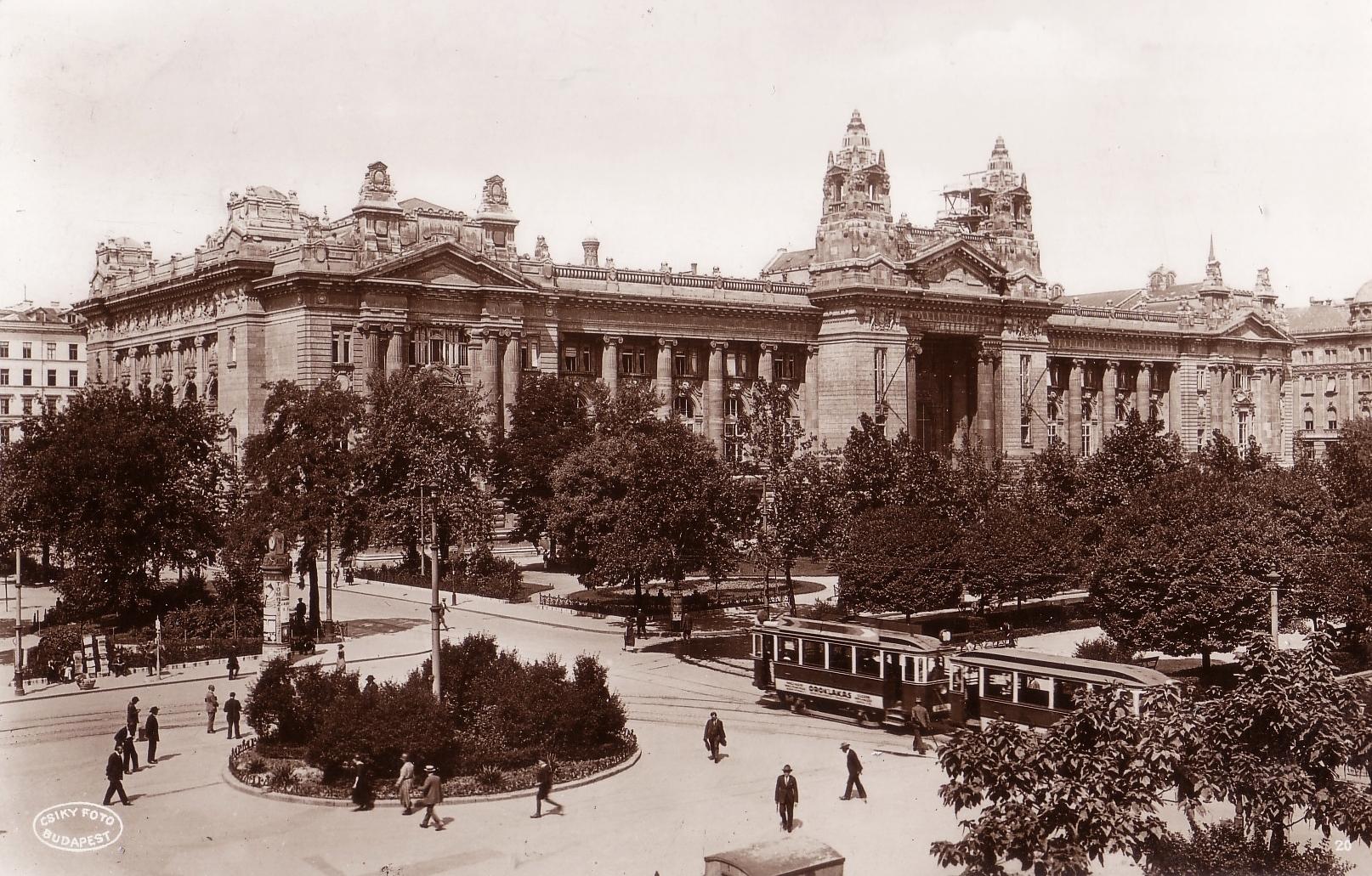
Today's Szabadság Square with the Stock Exchange Palace. The Újépület [New Building], which served military purposes, once stood on the site of the square and the surrounding palaces, in one of whose courtyards Prime Minister Lajos Batthyány was executed (Photo: Fortepan/No.: 76060)
Unfortunately, the events of the War of Independence did not turn out favourably, Pest and Buda had to be evacuated by the Hungarian government at the end of the year in 1848, and the Hungarian troops only recaptured the dual capital in May 1849, albeit only for a short time. The regime that crushed the revolution and came to power at the end of 1849 naturally changed the street names back, and the names of the streets (all of them, not just the ones that were renamed) were only written in German. Bilingual Hungarian-German street signs did not appear again until 1858.
The public spaces that were renamed in 1848 did not get their 1848 names back even after the Compromise of 1867, although they were already Hungarian on the maps. Later, they were given other names, since on the maps of 1937, the Egyetem Square is already, for example, Péter Pázmány Square, while Hatvani Street was named after Kossuth in 1894, after the governor's death.
We would look for Városház Square in vain, there is a building in its place. The name Szabadság Square, on the other hand, was "inherited" by the square that was created after the demolition of the New Building in 1897 on the site of the gigantic building. The former Eskü Square was named Március 15 Square in 1948, on the centenary of the revolution, but the site of the former New Building was once again Szabadság Square, although today's Március 15 Square was called Eskü Square. Today's Szabadsajtó Road was created when the Erzsébet Bridge was built, until then there were houses in its place, and it got its current name in 1948.
Cover photo: The former Hatvani Street (at one time Agria Gasse) was much narrower than it is today. In 1848 it became Szabadsajtó Road, and in 1894 it became Kossuth Lajos Street (Photo: Fortepan/Budapest Archives, Reference No.: HU.BFL.XV.19.d.1.07.096)

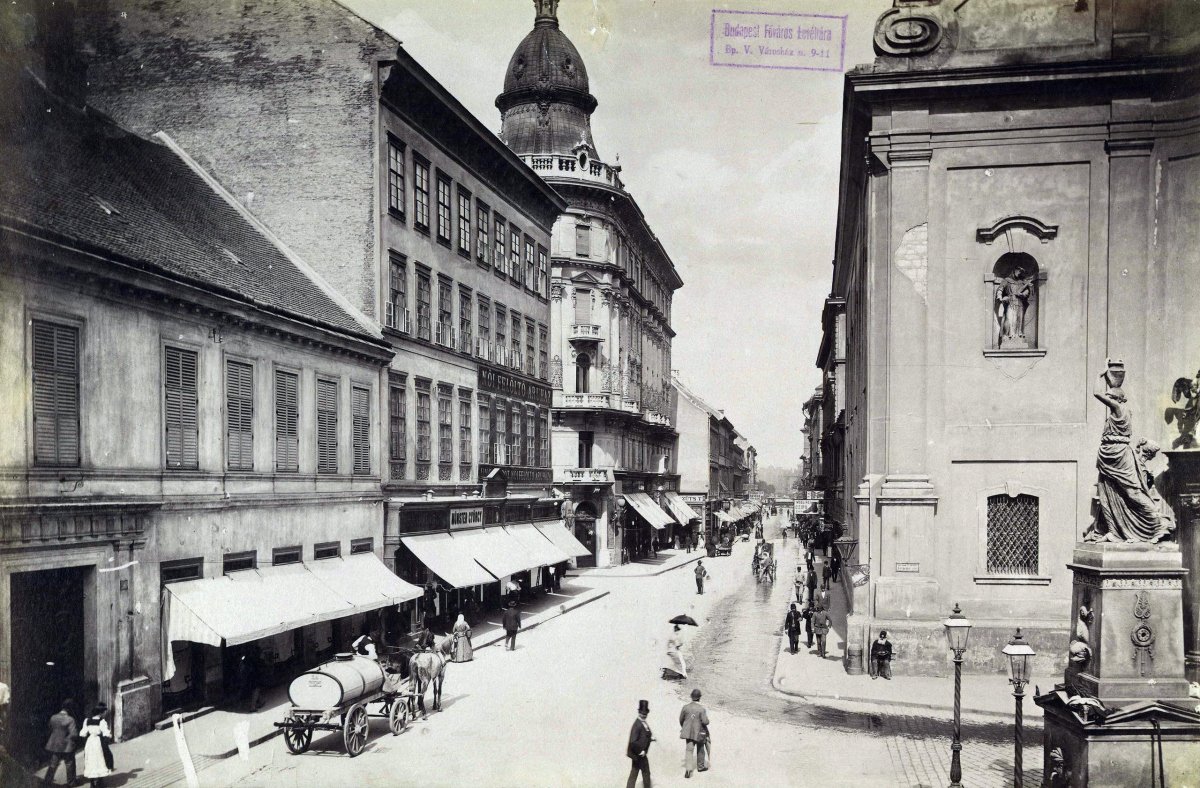

































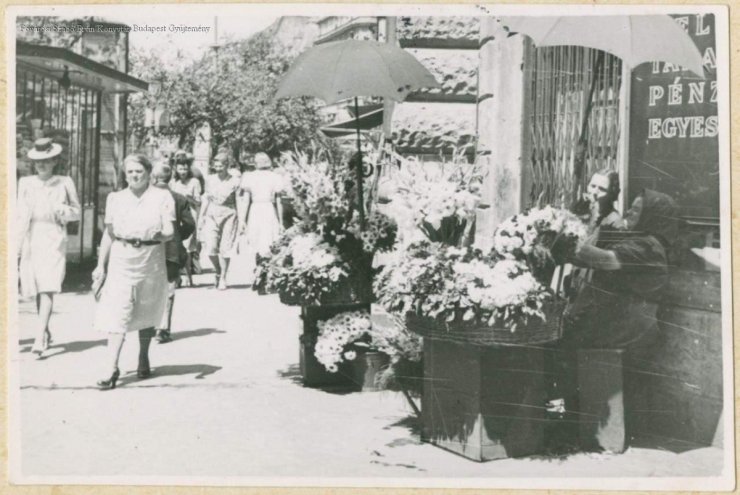
Hozzászólások
Log in or register to comment!
Login Registration